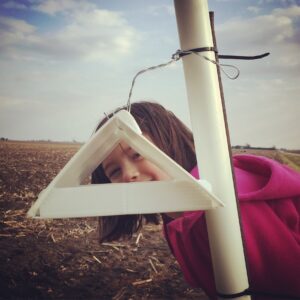Optimizing Corn and Soybean Seeding Rates
You can also read the article in Portuguese and Spanish
The first half of April has been a little cooler than normal, with a very wide range in rainfall totals, from an inch or more below normal in northwestern Illinois to 6-8 inches above normal in south-southeastern Illinois. There is some rain in the forecast over the next week, but some progress in fieldwork and planting is likely. While it’s too early to consider planting in wet soil,…






